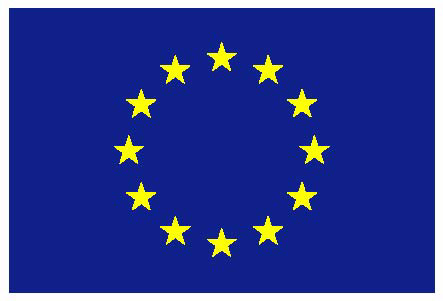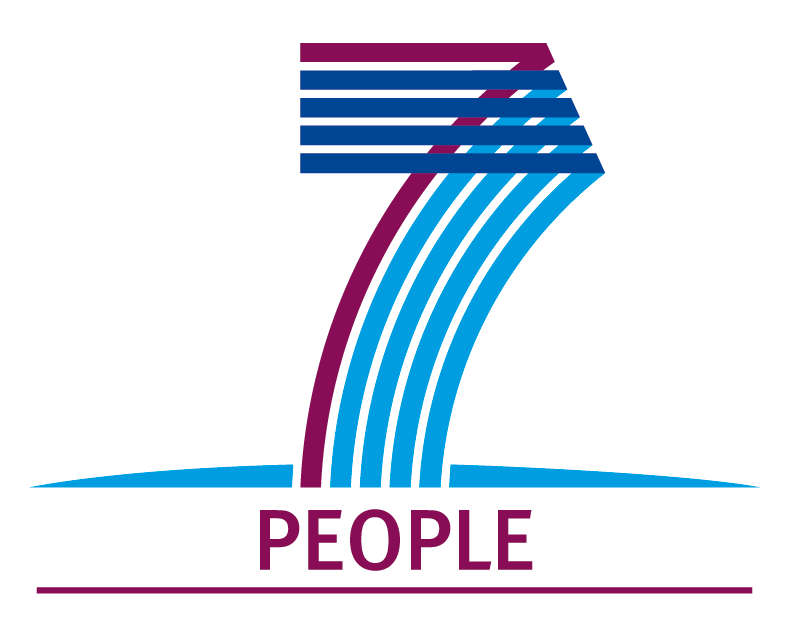Quasom
Quantifying and modeling pathways of soil organic matter as affected by abiotic factors, microbial dynamics, and transport processes
Summary
Soils play a critical role in the coupled carbon-cycle climate system. However, our scientific understanding of the role of soil biological-physicochemical interactions and of vertical transport for biogeochemical cycles is still limited. Moreover the representation of soil processes in current models operating at global scale is crude compared to vegetation processes like photosynthesis. Hence, the general aim of this project is to improve our understanding of the key interactions between the biological and the physicochemical soil systems that are often not explicitly considered in current experimental and modeling approaches and are likely to influence the biogeochemical cycles for a large part of the terrestrial biosphere and thus have the potential to significantly impact the Earth System as a whole. This will be achieved through an approach that integrates new soil mesocosm experiments, field data from ongoing European projects and soil process modeling. In mesocosm tracer experiments the fate of fresh and autochthonous soil organic matter will be followed under varying temperature and moisture regimes in bacterial and fungal dominated soils and the hypothesis tested that transfer coefficients between soil organic matter pools are constant as implemented in current soil organic matter models. A new soil model structure will be developed that may explicitly account for the role of microbes and transport for soil organic matter dynamics. This will be supported by multiple-constraint model identification techniques, which allows testing and achieving model consistency with several observation types. An incorporation of such new soil module into a global dynamic vegetation model (DGVM) is foreseen.
Objectives
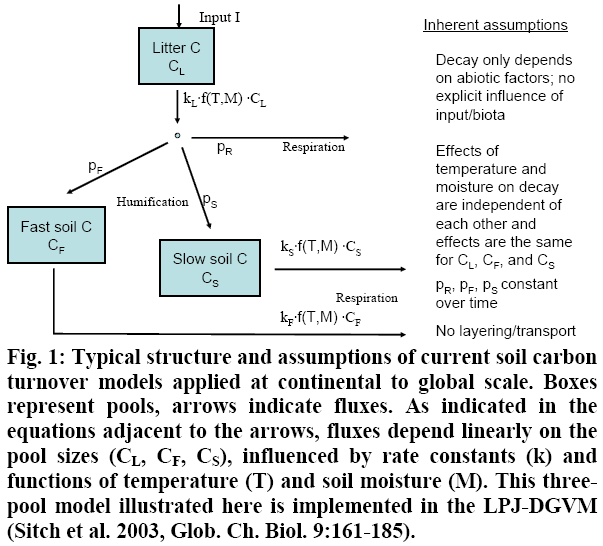
- overall: to improve our understanding of the key interactions between the biological and the physicochemical soil systems
- I: to clarify, how the partitioning of fresh carbon flow between different pathways of ‘stabilization’ (i.e. incorporation into soil organic matter, bacteria and fungi) and respiration varies with environmental conditions.
- II: to clarify the interactions between fresh organic matter and autochthonous soil organic matter, mediated by microbes, from modeling and experimental perspectives.
- III: to develop and parameterize new model structures that overcome the limitations of the ‘dead-soil-box paradigm’ and take into account both the role of microbial groups and transport processes
- IV: to apply the developed alternative soil models as soil-sub modules of a dynamic global vegetation model in a first global impact and sensitivity analysis
Methodology
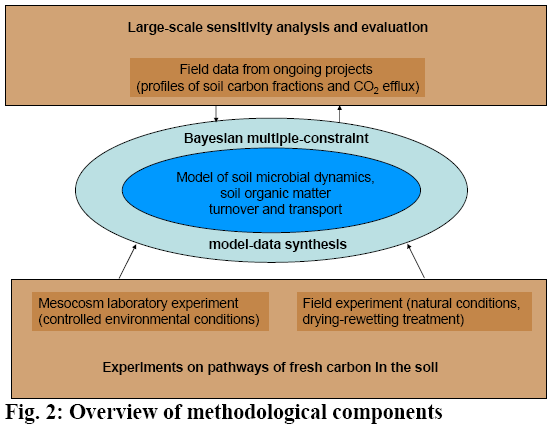
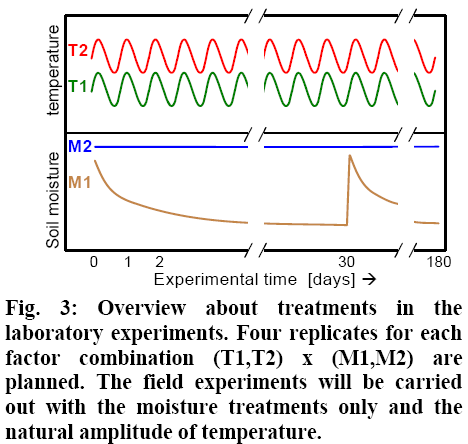
Laboratory incubations and field experiments
- labeling
- PLFA analysis
- short term temperature cycles
- longer term treatments of temperature and drying/moisturizing
Multiple-constraint model-data synthesis
- model identification using multiple variables instead just respiration (fluxes, pools, isotopic signals)
- Bayesian approach
Impact and sensitivity analysis of soil processes for global terrestrial carbon exchange
Project Team
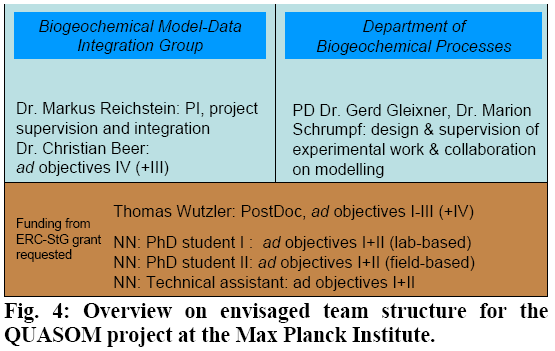
Links
- Projects.QuasomInternal (password protected)
